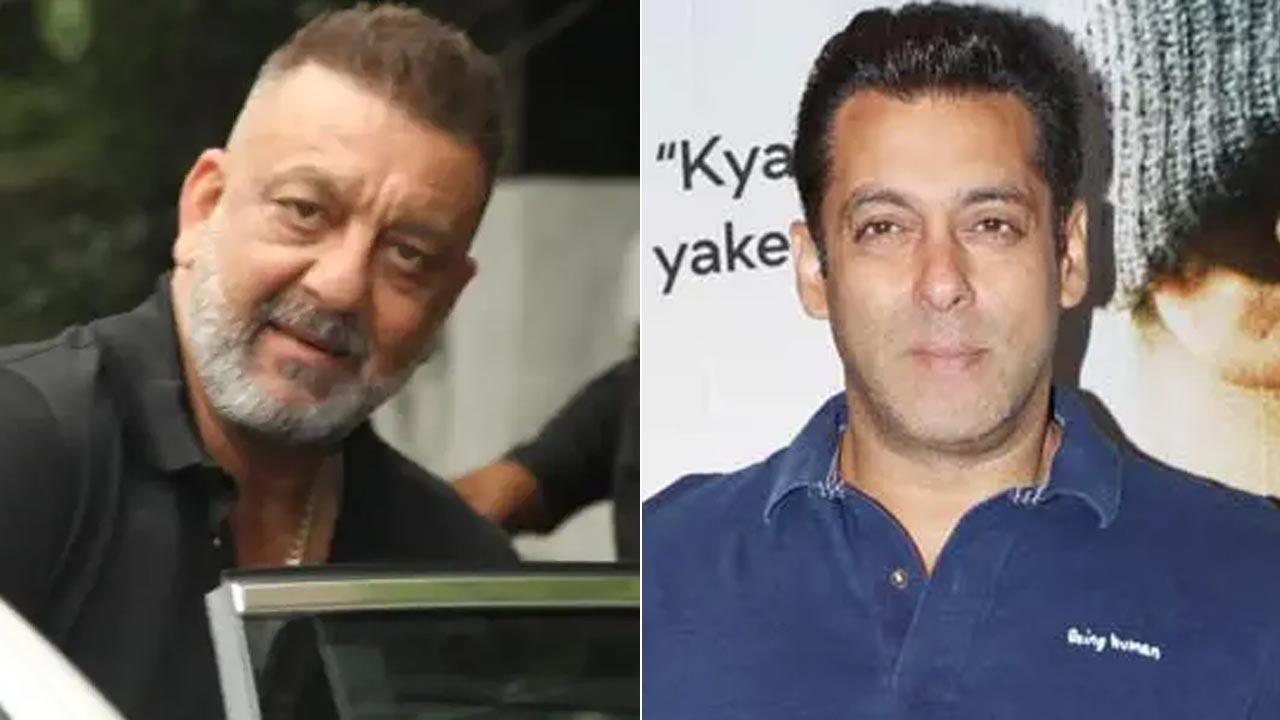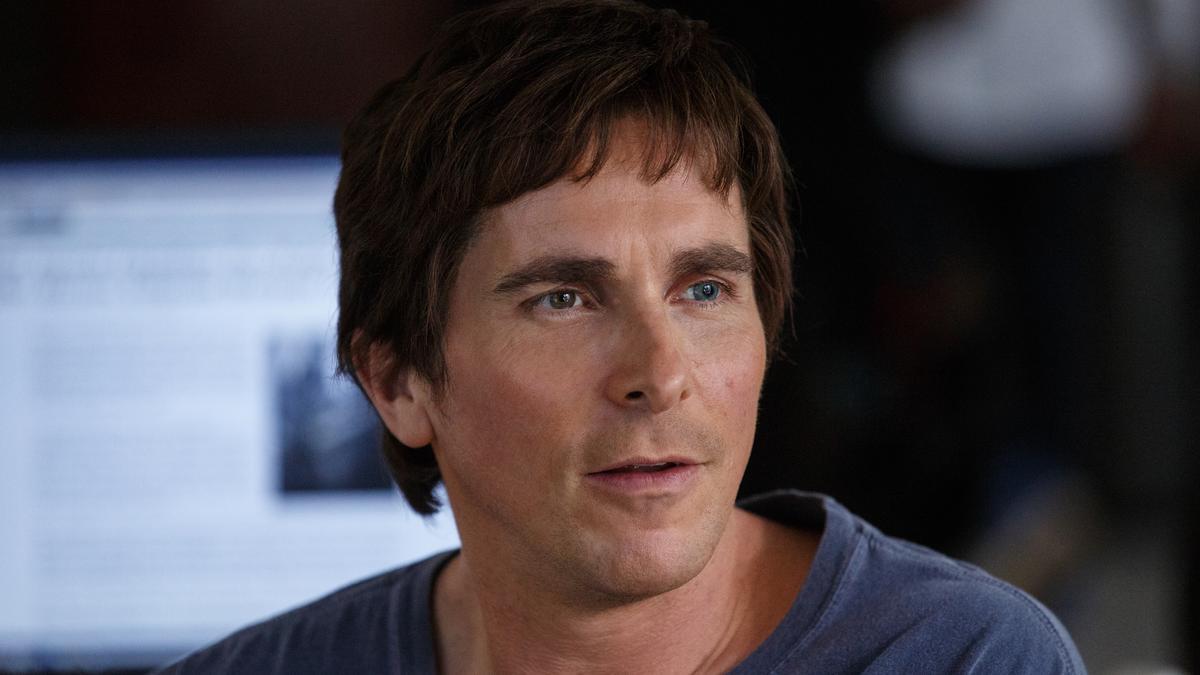
The evening of 1996 at Mumbai’s iconic Rang Bhavan is etched in the memories of many—the legendary jazz pianist Herbie Hancock delivered a stunning solo piano recital featuring his timeless pieces ‘Watermelon Man’, ‘Cantaloupe Island’, and ‘Dolphin Dance’. Despite performing without a band, the virtuoso’s music had fans grooving from start to finish.
The maestro’s relationship with India did not end there. He returned in 2007 alongside saxophone colossus Wayne Shorter, and again in 2009 with the dynamic vocalist Chaka Khan. Mumbai’s prestigious Jamshed Bhabha Theatre (JBT) hosted Hancock’s performances, which continued to be a tradition with his latest tour on January 20, 2024. This time, an ensemble of musicians, including the formidable Diane Reeves on vocals, guitarist Leonard Brown, and emerging talents from the Herbie Hancock Institute of Jazz in Los Angeles joined him on stage.
The crowd at JBT was a melting pot of individuals—some who held memories of previous shows and others who were basking in Hancock’s aura for the very first time. The palpable excitement resonated as attendees hoped for a journey through Hancock’s classic catalog. However, to everyone’s delight, he treated the audience to an improvised iteration of ‘Watermelon Man’, reminiscent of the Head Hunters’ era.
Dressed in his quintessential suit, poised at the grand piano, Hancock’s mere presence invoked a sense of awe. Fans clamored for a moment with the jazz giant, with a lucky few securing a cherished selfie. This live encounter with a man who has carved out a distinguished place in jazz history since the 1960s—a testament to his collaborations with Donald Byrd, Miles Davis, and more—was nothing short of a dream for many.
Herbie Hancock’s storied tenure in music is illuminated by his 14 Grammy Awards, 34 nominations, and his transformative influence on jazz. With a discography that spans the adventurous post-bop of ‘Maiden Voyage’, the funk-laden grooves of ‘Head Hunters’, and the pioneering electro-jazz of ‘Future Shock’, featuring the ground-breaking track ‘Rockit’, Hancock has consistently pushed the boundaries of the genre.
Joining Miles Davis’ new quintet in 1962, as a result of a recommendation by 17-year-old drummer Tony Williams, was a career-defining moment for Hancock. Although a falling out in 1968 initially distanced him from Davis’ group, Hancock continued to contribute to the development of jazz fusion, as evidenced by his work on ‘Bitches Brew’, a seminal album that attracted a younger audience to fusion’s compelling blend of jazz, rock, and funk.
His constant pursuit of innovation, which often combined R&B, pop and funk, broke ground with mainstream audiences. Even as Hancock’s explorations sometimes mystified jazz purists, he maintained a sense of balance by returning to traditional sounds, as demonstrated in his tribute albums to Miles Davis and George Gershwin, as well as various collaborative projects.
The turn of the millennium witnessed Hancock engaging with new trends, culminating in the star-studded albums ‘Possibilities’ in 2005 and ‘The Imagine Project’ in 2010. His global efforts to promulgate jazz were recognized when Hancock was named UNESCO Goodwill Ambassador for Intercultural Dialogue in 2011, further championing the art form through annual International Jazz Day celebrations—bringing together a global community to pay homage to the genre’s rich heritage.
During every tour, Hancock emphasizes interaction with local musicians—a practice continued during his recent shows in New Delhi and Mumbai. He graced stages such as the intimate Piano Man and conducted masterclasses, fostering musical exchange. In a particularly touching visit to the Happy Home & School For The Blind, Hancock was greeted with a soulful rendition of Louis Armstrong’s ‘What a wonderful world’, stirring emotions for all present.
Beyond his professional achievements, Hancock’s spiritual dedication to Nichiren Buddhism, which began in 1972, has imparted a significant influence on his approach to music, viewing his craft through the lens of humanity.
Despite modest stage time at the latest JBT show, Hancock was compelling in every moment, whether on a Korg Kronos keyboard synthesizer or a Steinway Grand Piano, often allowing the spotlight to shine on his accompanying musicians, including the astounding Diane Reeves. Although the band’s synergy was remarkable, some felt Brown’s guitar contributions were overlooked, and the absence of an anticipated encore left the night on an abrupt note.
The performance undeniably demonstrated Hancock’s mastery and his commitment to mentorship in the jazz community. The resonance of each note played and every word sung at his concert reaffirmed his living legend status and his legacy’s enduring vitality within the world of music.










